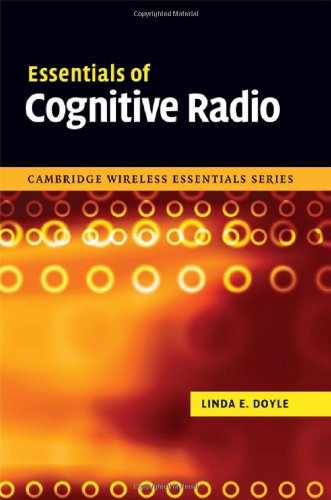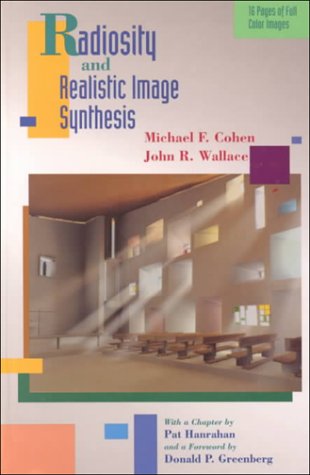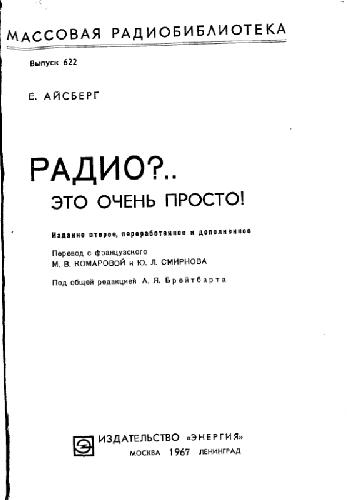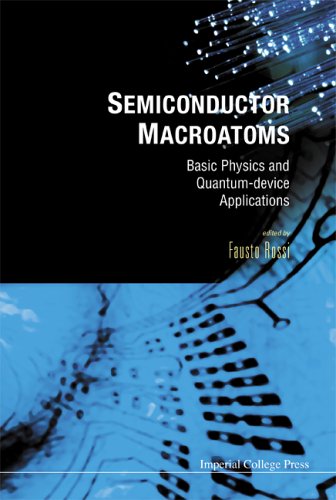Linda E. Doyle052189770X, 9780521897709
Table of contents :
Cover……Page 1
Half-title……Page 3
Series-title……Page 4
Title……Page 5
Copyright……Page 6
Contents……Page 9
Acknowledgments……Page 13
List of Abbreviations……Page 15
1.2 Brief history and definition……Page 19
1.3 New spectrum regimes……Page 22
1.3.1 Current regimes……Page 23
1.3.2 Dynamic spectrum access regimes……Page 28
1.3.3 Technology and service-neutral regimes and trading……Page 30
1.3.4 New spectrum commons regimes……Page 33
1.3.5 The realities of new spectrum regimes……Page 35
1.4.1 System configuration and management perspective……Page 36
1.4.2 User perspective……Page 39
1.5.1 The military domain……Page 40
1.5.2 The public safety domain……Page 42
1.5.3 The commercial domain……Page 43
The Digital Dividend and the TV white spaces……Page 44
Spectrum underlay for short-range communication systems……Page 46
Cognitive radio in the cellular world……Page 47
1.6 Conclusions……Page 49
References……Page 50
2.2.1 The lone radio……Page 51
2.3.1 The radio in the group……Page 56
2.4.1 Taking action……Page 59
2.4.2 Making observations……Page 61
2.5 The other necessities……Page 62
2.6 A roadmap for the book……Page 63
References……Page 64
3.1 Introduction……Page 65
3.2.1 At the transmitter……Page 66
3.2.2 Along the way……Page 67
3.2.3 At the receiver……Page 70
3.2.4 Interference and cognitive radio……Page 73
3.3.1 Waveform types……Page 75
Focus on OFDM……Page 76
3.3.2 Multiple access techniques……Page 78
3.4 The actions in detail……Page 80
3.4.1 Taking action from a frequency perspective……Page 83
3.4.2 Taking action from a spatial perspective……Page 88
3.4.3 Taking action from a signal robustness perspective……Page 92
3.4.4 Taking action from a data throughput perspective……Page 95
3.4.5 Taking action from a resource distribution perspective……Page 96
3.4.6 Taking action from a higher-layer perspective……Page 97
3.4.7 Taking action together……Page 98
3.5 Communicating the transmitter configuration detailsto the receiver……Page 99
3.6 Conclusions……Page 104
References……Page 105
4.1 Introduction……Page 107
4.2 The spectrum sensing challenge……Page 110
4.2.1 Sensing accurately……Page 111
4.2.3 Sensing in a timely fashion……Page 112
4.2.4 Meeting the objectives in the face of interference……Page 113
4.3 The basic sensing system……Page 114
4.3.1 Energy detection……Page 117
4.3.2 Matched filter……Page 118
4.3.3 Feature detectors……Page 120
4.3.4 The process in its entirety……Page 122
4.4.1 Non-cooperative sensing example……Page 123
4.4.2 Limits on non-cooperative sensing……Page 124
The hidden node problem……Page 125
4.5 Cooperative spectrum sensing……Page 126
4.5.2 Cooperative sensing requirements……Page 127
The need for mechanisms for fusing of observations……Page 128
The need for a suitable geographical spread of cognitive nodes……Page 129
4.5.3 A cooperative sensing example……Page 130
The IEEE 802.22 standard……Page 131
Sensing in IEEE 802.22……Page 132
Cooperative sensing in IEEE 802.22……Page 133
4.6.1 The accessible database……Page 134
4.6.2 The service network……Page 135
4.7 Back to the wider observations……Page 138
4.8 Conclusions……Page 139
References……Page 140
5.2 The decision-making process: part 1……Page 141
The goal……Page 144
Determining ‘best’……Page 145
Searching the landscape……Page 146
Metaheuristics……Page 150
Multilateral decisions and distributed searching……Page 152
5.2.2 Summary part 1……Page 156
5.3 The decision-making process: part 2……Page 157
5.3.1 A little about knowledge representation and reasoning……Page 159
5.3.2 Summary part 2……Page 161
5.4 Taking regulations into account whenmaking decisions……Page 162
5.5 The decision-making process: part 3……Page 164
5.5.1 Learning that is additive……Page 165
5.5.2 Learning that is crucial……Page 166
5.5.3 A taste of learning……Page 167
5.6 Conclusions……Page 170
References……Page 172
6.1 Introduction……Page 173
6.2.1 Physical fakes……Page 175
6.2.2 Physical degrading of performance to stop sensing……Page 176
6.3 The double-sided coin of collaboration……Page 177
6.5 The single points of failure……Page 179
6.6 Application demands……Page 180
6.7 An example of security in action……Page 181
6.8 The silver lining……Page 182
6.9 Conclusions……Page 183
7.2 A complete cognitive radio system……Page 185
7.3.1 Basic digital hardware options……Page 188
FPGA……Page 189
DSP……Page 190
7.3.2 Making choices……Page 191
Homogeneous multi-core GPP……Page 195
7.3.4 The cell processor……Page 196
Multi-core DSP……Page 197
Highly heterogeneous multi-cores……Page 198
7.4.1 A general look at the RF frontend……Page 200
7.4.2 Radio performance metrics……Page 201
Making choices……Page 206
7.4.3 The antenna……Page 208
7.6 Conclusions……Page 211
References……Page 212
8.2 Regulatory issues and new spectrummanagement regimes……Page 213
8.2.1 Spectrum management in action……Page 215
8.2.2 Spectrum planning……Page 216
8.2.3 Spectrum authorisation……Page 218
Conditions for dynamic spectrum access……Page 219
Conditions for technology and service neutrality……Page 222
Conditions for advanced spectrum commons……Page 226
Dynamic authorisations……Page 227
8.2.4 Spectrum engineering……Page 228
8.2.5 Spectrum monitoring and compliance……Page 230
8.3 Cognitive radio applications and regulations……Page 231
8.4 Standards and international activity……Page 232
IEEE working group 1900.1……Page 233
IEEE working group 1900.4……Page 234
8.4.3 International Telecommunications Union activities……Page 235
8.4.5 SDR Forum……Page 237
8.5 Conclusion……Page 238
References……Page 239
9.2.1 Observe……Page 241
9.2.3 Act……Page 243
9.2.6 Regulate……Page 244
9.3 The future……Page 245
Appendix A: Developments in the TV white spaces in the USA……Page 247
Index……Page 251







Reviews
There are no reviews yet.